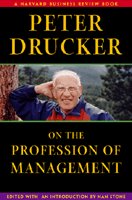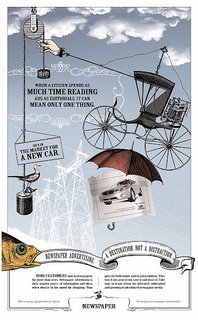A couple of recent news bites regarding New Media trends:
From MediaNewsDaily
Wednesday, Aug 30, 2006 8:01 AM ET
MORE THAN HALF (51 PERCENT) of real estate agents are utilizing free online classified sites such as Craigslist and Google Base and plan to cut their newspaper advertising budgets because they no longer deem it necessary, according to a survey of an undisclosed number of agents released Wednesday by Classified Intelligence. The survey, part of a new "Real Estate Advertising 2006" report, which analyzes spending by Realtors in print niche publications and newspapers; direct marketing; local newspaper Web sites, and national and local real estate sites.
Toronto Star launches downloadable paper:
From journalist.co.uk
Posted: 30 August 2006 By: Oliver Luft
The Toronto Star is launching what it claims is North America's first downloadable afternoon newspaper.
Star PM will be available for download at 3.30pm every weekday from September 5, with a final update at 4.15pm.
The free eight-page paper will be available as an A4 PDF, for ease of printing, and will cover the traditional elements of breaking news, sports, and features from Canada's largest daily newspaper.
Four additional special-interest pages will also be available for download, focusing on sports, people, lifestyle and youth culture.
Star PM seems to be similar to the Guardian's G24. In June, the Guardian became the first major UK newspaper to launch an afternoon downloadable edition.
G24 is five PDF sheets that are updated every 15 minutes throughout the day and can also be printed by readers.









